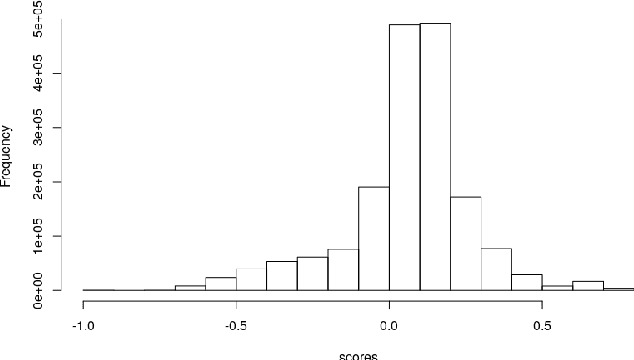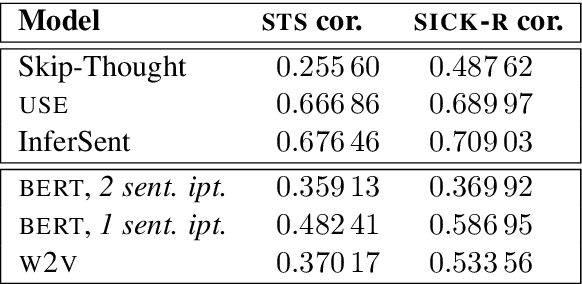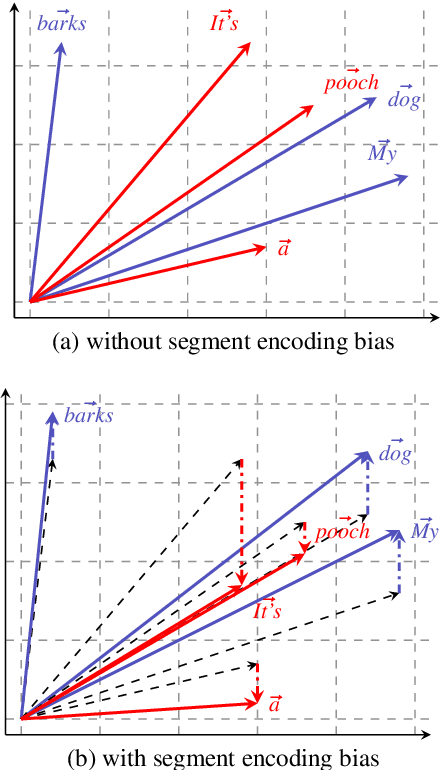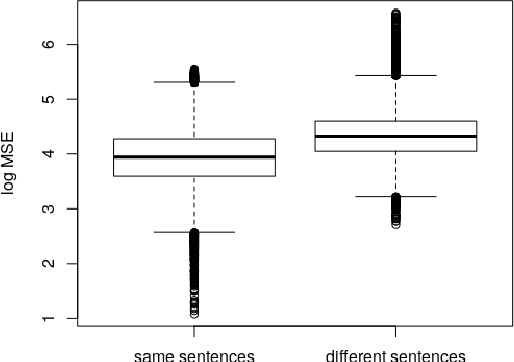Get our free extension to see links to code for papers anywhere online!Free add-on: code for papers everywhere!Free add-on: See code for papers anywhere!
Kees van Deemeter
What do you mean, BERT? Assessing BERT as a Distributional Semantics Model
Nov 13, 2019Figures and Tables:







Abstract:Contextualized word embeddings, i.e. vector representations for words in context, are naturally seen as an extension of previous noncontextual distributional semantic models. In this work, we focus on BERT, a deep neural network that produces contextualized embeddings and has set the state-of-the-art in several semantic tasks, and study the semantic coherence of its embedding space. While showing a tendency towards coherence, BERT does not fully live up to the natural expectations for a semantic vector space. In particular, we find that the position of the sentence in which a word occurs, while having no meaning correlates, leaves a noticeable trace on the word embeddings and disturbs similarity relationships.
Via
 Add to Chrome
Add to Chrome Add to Firefox
Add to Firefox Add to Edge
Add to Edge